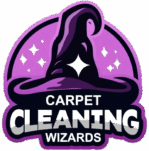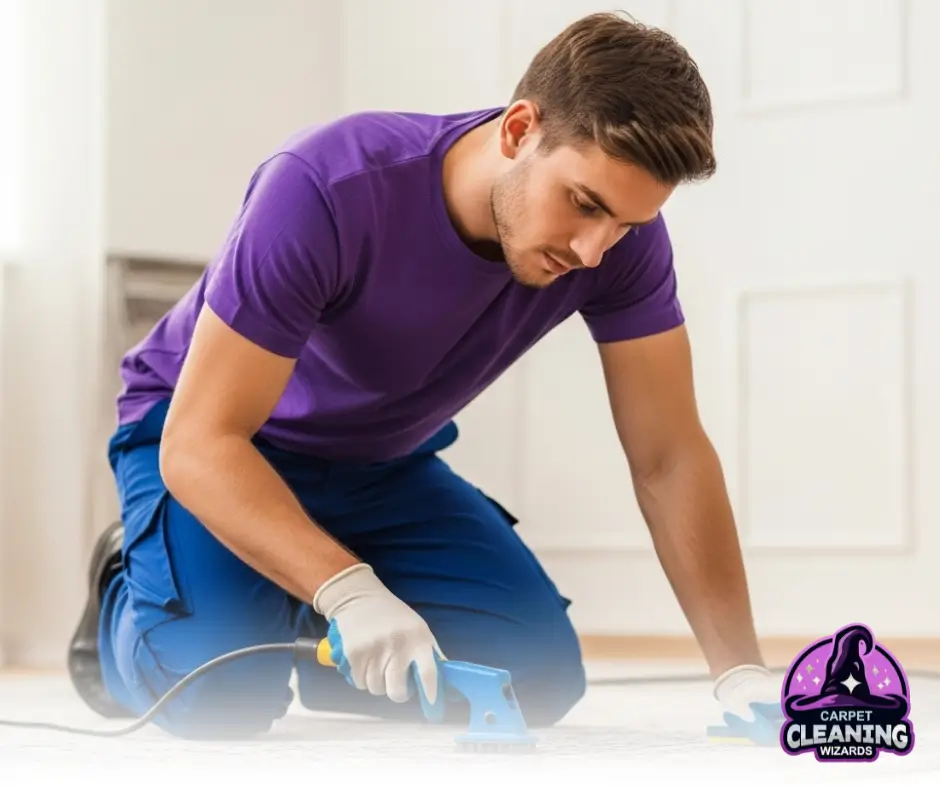Rugs do more than enhance your home’s aesthetics—they protect flooring, add comfort, and tie a room together. Yet, they are also one of the most abused items in any household. From foot traffic and pet dander to accidental spills and dust buildup, rugs bear the brunt of daily life. Without regular care, they can harbor allergens, wear out prematurely, and lose their vibrant color and texture. That’s where expert rug cleaning becomes vital.
In this article, we’ll explore why professional rug cleaning is crucial, delve into techniques used by experts, and share tips for maintaining your rugs in pristine condition.
Why Rug Cleaning Matters
Regular rug cleaning is not just about appearance. Rugs trap dust, allergens, bacteria, and pollutants brought in from outside. Over time, this accumulation can affect your indoor air quality, trigger allergies, and cause unpleasant odors.
Furthermore, dirt particles embedded in rug fibers act like sandpaper, gradually wearing down the material. Left untreated, this can shorten your rug’s lifespan and dull its colors. Proper cleaning prevents this deterioration, preserving both the function and beauty of your investment.
Common DIY Pitfalls to Avoid
Many homeowners try to clean rugs using rented carpet machines or household vacuums. While this may seem cost-effective, it often does more harm than good. Over-wetting, incorrect detergents, or excessive scrubbing can:
- Distort rug fibers
- Cause color bleeding
- Lead to mildew growth
- Leave soap residue that attracts more dirt
Delicate materials like wool, silk, or hand-woven textiles require specialized handling. That’s why turning to expert rug cleaners is often the best choice.
What Sets Expert Rug Cleaning Apart?
Professional rug cleaning goes beyond surface treatment. Experts use techniques tailored to a rug’s fiber type, dye, construction, and level of soiling. Here are some specialized methods that set expert cleaners apart:
1. Dusting and Pre-Vacuuming
Before any wet cleaning occurs, professionals remove dry soil through gentle but thorough vacuuming and mechanical dusting. This is essential, as dry soil is abrasive and difficult to extract once wet.
2. Fiber and Dye Testing
Technicians perform small tests to determine fiber type (e.g., wool, cotton, synthetic) and dye stability. This ensures that cleaning methods won’t damage or bleed colors during the process.
3. Submersion Washing
Many rugs benefit from immersion techniques. The rug is soaked in a gentle cleaning solution, allowing contaminants to lift from deep within the fibers. Afterward, thorough rinsing and water extraction remove all residues.
4. Controlled Drying
Professionals use temperature- and humidity-controlled drying rooms or flat drying techniques to avoid warping or mildew. Speed and control are crucial here—improper drying is a leading cause of damage in DIY cleaning.
5. Fringe and Edge Detailing
Fringes are often the first part to show wear. Experts will treat them gently, brushing and whitening if needed, without damaging the base structure of the rug.
Benefits of Hiring a Professional Rug Cleaner
Choosing expert rug cleaning brings several long-term benefits:
- Deeper Clean: Access to industrial-grade equipment removes deep-seated debris and allergens.
- Fiber Preservation: Professionals know which treatments protect your rug’s delicate fibers.
- Stain and Odor Removal: From pet accidents to wine spills, specialists have spot treatment solutions that don’t cause discoloration.
- Restored Beauty: Expert care enhances your rug’s original texture, luster, and color.
Tips to Maintain Your Rug Between Cleanings
While professional cleaning is essential, you can extend your rug’s life with proper at-home care:
- Vacuum Regularly: Use a vacuum with adjustable suction and no beater bar for delicate rugs.
- Rotate Every 3–6 Months: This prevents uneven wear and fading from sunlight or furniture pressure.
- Use Rug Pads: These absorb shock, prevent slipping, and reduce strain on rug fibers.
- Blot Spills Immediately: Dab gently with a clean cloth—never rub. Avoid using chemical cleaners without testing.
- Keep Shoes Off Indoors: This minimizes tracked-in dirt and slows the accumulation of debris.
How Often Should Rugs Be Professionally Cleaned?
Frequency depends on the rug’s location and use. In high-traffic areas or homes with children and pets, rugs should be professionally cleaned every 6 to 12 months. For less-used rugs, a cleaning every 1 to 2 years is typically sufficient.
Antique or heirloom rugs might require more delicate care but should not be neglected. Preservation depends on proactive, expert maintenance.
Final Thoughts
Rugs are a blend of function, style, and craftsmanship. Protecting them with expert rug cleaning not only extends their lifespan but also improves your indoor environment. Whether you own a modern synthetic area rug or a centuries-old Persian masterpiece, professional care will keep it looking beautiful and feeling fresh for years to come.
Invest in the health of your home and the longevity of your decor—because a clean rug is more than just a surface; it’s the foundation of a welcoming space.
READ MORE:

